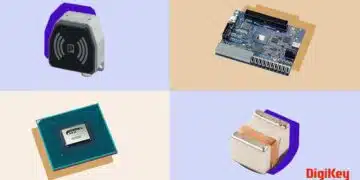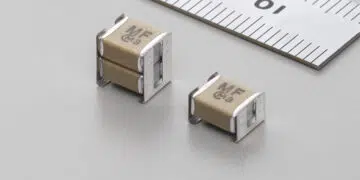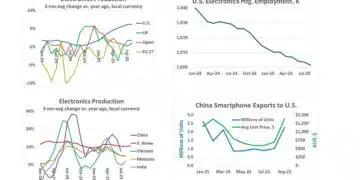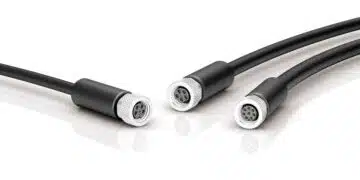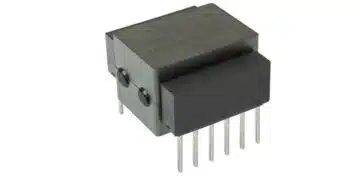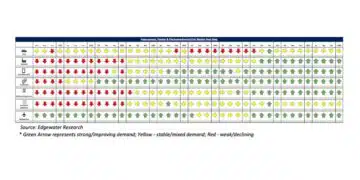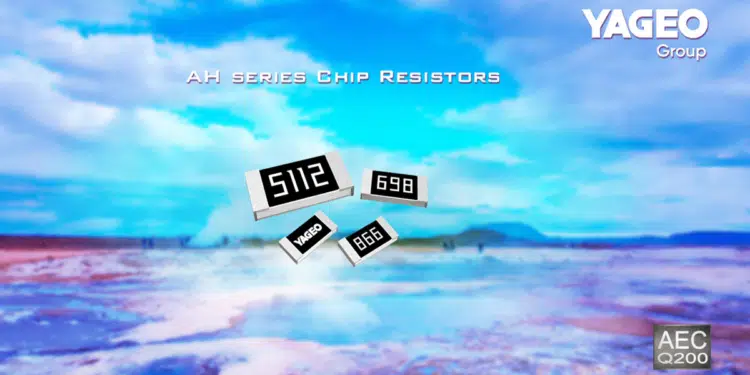YAGEO group released the brand new automotive-grade chip resistors – AH series for anti-sulfurated and high voltage withstanding capabilities.
The AH series chip resistors have ideally adopted the best feature the anti-sulfurated AF series and the high voltage withstanding RV series have. The new AH is designed mainly for use in harsh environments exposed to high contamination levels, including industrial control systems, sensors, electric instrumentation, and communication base stations. The most frequent scenario is suited for electronic appliances used in high concentrations of sulfur gas areas such as hot springs and mines. Compared to YAGEO’s thick film resistor AF series designed for anti-sulfur demand, the AH series keeps the best anti-sulfur feature while adding the high voltage withstanding capability to manage the high voltage industrial environment demand competently. That is to say, the AH series satisfy the most demanding product applications with a high degree of reliability.
Mass production of the AH series began this year. It is offered in size range 0603/0805/1206, with a high degree of anti-sulfurated, a wide operating temperature range from -55℃ to 155℃, working voltage as high as 500V(for size 1206). YAGEO’s AH series meets the most stringent testing standards with excellent anti-sulfuration characteristics according to the ASTM test. In terms of high-voltage resistance performance, AH strictly complies with the specifications and has obtained UL safety certification, which can perform well in high-voltage applications.
Sulfur penetrates resistors through the gap between the termination and the protective layer, thus producing vulcanization of the top conductor leads to circuit open problem. To achieve anti-sulfuration capability, some in the industry use gold as the inner electrode while adding an extra burden on customers’ application costs. With YAGEO’s AH series, the sulfur issues are solved by using unique dielectric material in the inner electrode with the alteration of the resistor structure. This setup not only improves the anti-sulfuration capabilities but also saves costs.
As global pollution is a rising concern, YAGEO has been dedicated to fulfilling the increasing demand for anti-sulfur with a higher power voltage capability which is a highlight under the green power policy. We make it possible for applications under harsh environments to adopt reliable anti-sulfate resistors under extreme conditions.YAGEO Group will continue to put effort into the research and development of anti-sulfuration technology, coming up with more extension products on the heels of its successful launch of the AH series.
Features
- High Voltage, Anti-FOS Chip Resistor
- 0603-1206 SMD chip size range
- High working voltage
- Superior resistance against sulfur-containing environments
- Reliable electrode construction
- High stability & reliability
- Highly stable in auto-placement surface mounting
Applications
- Car Lighting
- Infotainment & Comfort
- Batteries & Chargers
- Remote Power Managements
- Inverters
- White Good





